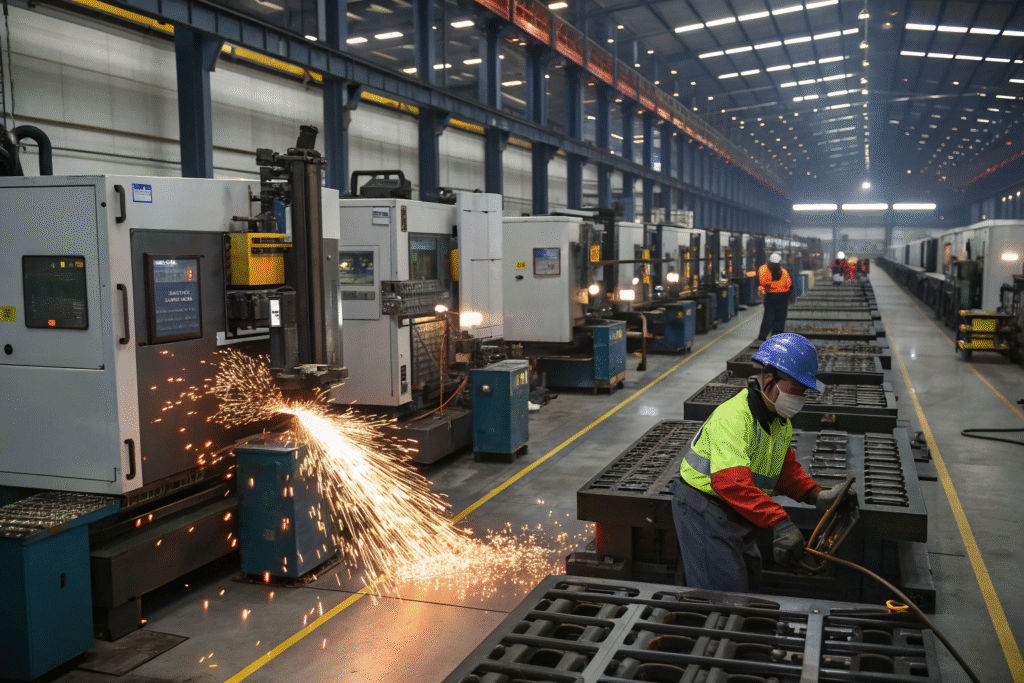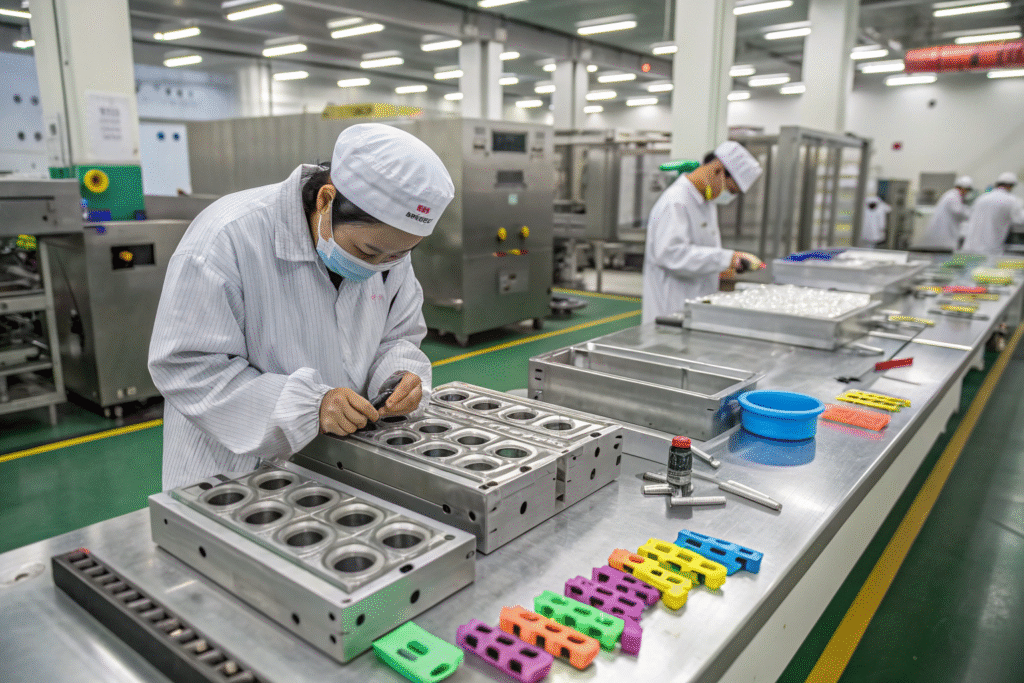The cost of producing custom metal mold hair clips is a common question from global buyers. Whether you are a wholesaler, brand owner, or online retailer, understanding these costs helps you plan your budget, negotiate better, and choose the right manufacturing partner. In my years running a large hair accessories factory, I have seen projects succeed because the buyer knew exactly how mold costs fit into the bigger sourcing picture.
Custom metal mold hair clips usually require a significant initial investment for tooling. Depending on your design complexity, mold type, and production volume, the total price can range from a few thousand to tens of thousands of dollars. The mold is a one-time cost, but it determines the efficiency, consistency, and longevity of your product line.
When we guide clients, we focus on three elements: mold design and material choice, production efficiency, and cost amortization over unit volume. If you want high-quality hair clips that match your brand’s market positioning, you must look beyond just the cheapest option. Let’s explore what drives these costs and how you can make smart sourcing decisions.
What Factors Determine Mold Pricing for Hair Clips?
Mold pricing is not random—it’s based on measurable factors. Many new buyers get surprised by quotes because they don’t understand the variables manufacturers consider.
The cost of a custom metal mold hair clip is determined by mold material, design complexity, cavity count, and finishing requirements. For example, a single-cavity hardened steel mold is cheaper but slower for mass production, while a multi-cavity precision mold has a higher upfront cost but lowers unit price in high-volume runs.

Why Does Mold Material Choice Affect Price?
Different steels and alloys vary in cost and lifespan. P20 tool steel is affordable and suitable for medium production runs, while H13 steel is more expensive but offers superior hardness and durability for long-term, high-volume projects.
How Does Cavity Count Impact the Final Quote?
If you choose a multi-cavity mold, your initial tooling bill will be higher. But, you’ll produce more clips per cycle, reducing cost per unit in the long run. Balancing cavity count with projected demand is key.
How Much Should You Budget for Different Mold Types?
When planning, you need to align your budget with the type of mold that meets your needs. The more complex your design and the more durable the mold material, the higher the cost.
On average, basic aluminum prototype molds can cost around $2,000, while production-grade hardened steel multi-cavity molds can range from $18,000 to $50,000 or more. For large orders, this investment pays off by reducing production time and increasing output consistency.

What Is the Price Difference Between Prototype and Production Molds?
Prototype molds are ideal for testing designs and small runs. According to RapidDirect, they’re cheaper and faster to produce, but they wear out quickly. Production molds, especially those made with hardened steel, last for hundreds of thousands of cycles.
Are Multi-Cavity Molds Worth the Higher Price Tag?
If your business model depends on high turnover and consistent quality, yes. Injection molding specialists agree that multi-cavity molds speed up production and lower unit costs over time, making them a smart choice for established brands.
How Can You Reduce the Overall Cost of a Custom Mold?
You can reduce mold costs without sacrificing quality if you approach the project strategically. The most successful buyers know which variables they can adjust without affecting performance.
Reducing mold cost is possible by simplifying design, choosing suitable materials, sharing molds across product lines, and negotiating favorable payment terms. We’ve helped clients save thousands by optimizing these factors before mold fabrication begins.

How Can Design Simplification Lower Costs?
Eliminating unnecessary details, sharp angles, or extreme tolerances can reduce CNC machining time. As MoldMaking Technology notes, complex features increase both production time and the risk of defects.
Can One Mold Be Used for Multiple Products?
Yes, if the designs share a base form. For example, different hair clip decorations can attach to the same molded base. Tooling consolidation reduces the total number of molds you need.
How Do Mold Costs Compare to Total Product Costs?
A mold is only part of the total investment. Smart buyers calculate how mold cost affects per-unit pricing over time.
When spread over thousands of units, the mold cost becomes a small percentage of your total expense, especially if you choose the right production volume. Understanding this helps avoid sticker shock and builds confidence in your pricing model.

How Do You Amortize Mold Costs Over Product Life?
If a $20,000 mold produces 200,000 clips, your mold cost per unit is only $0.10. As Thomasnet explains, high-volume runs maximize ROI.
Why Is It Risky to Underinvest in Tooling?
Cheaper molds may fail early, cause production delays, or lead to quality issues. Manufacturing experts warn that cutting corners on tooling can cost more in lost sales and repairs.
Conclusion
Custom metal mold hair clips require an upfront investment that pays off when matched with your production goals. The main drivers are mold material, design complexity, cavity count, and finish. By balancing these factors and working with an experienced factory, you can create durable molds that deliver consistent quality at scale.
If you want expert guidance on creating your own line of custom hair clips, contact our Business Director Elaine at elaine@fumaoclothing.com. At Shanghai Fumao, we manage everything from design to delivery, ensuring your mold investment brings maximum returns.









